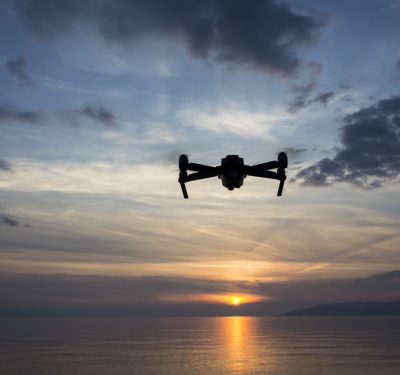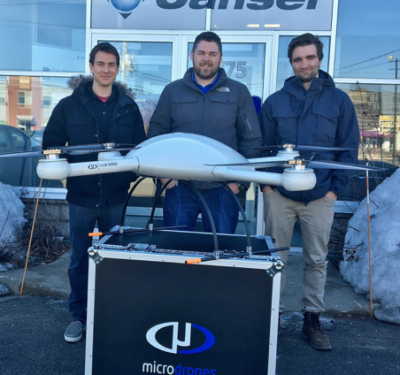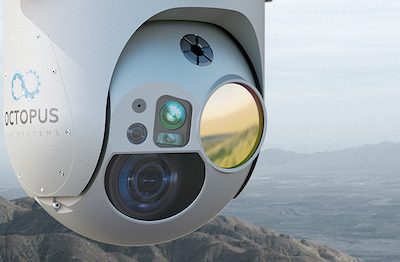
LAS VEGAS—The pending deadline for many drone operators to have Remote ID systems on their vehicles will be slipped, a top FAA safety official said at the kickoff of the Commercial UAV Expo here.
“You’re going to get relief, it’s just a matter of what that relief looks like,” said David Boulter, the associate administrator for aviation safety.
The announcement will come soon, before the previous Sept. 16 deadline, which many in the industry said would be impossible for them to meet. Remote ID is intended to allow government or law enforcement to be able to tell who owns and operators a drone, but for many that means a hardware upgrade.
Boulter acknowledged the push for Remote ID has run into supply chain problems, especially as the FAA had recently required traditional aviation pilots to update their radar altimeters.
“This is a supply chain issue,” he said. “There are only so many chips in the world.”
The news should come in the next few days, he said. “There will be relief, and it will be before the 16th. It’s somewhere in the gauntlet,” and will involve other government agencies beyond the FAA.
Lisa Ellman, the executive director of the Commercial Drone Alliance, and the moderator of the first day keynote, said industry supports the concept but there is “a lot of confusion about how it’s going to be implemented.”
The FAA had previously indicated it might not pursue any enforcement action of the deadline until Dec. 16 at the earliest, and it’s unclear if that will slip as well.
Boulter had previously been the acting associate administrator for aviation safety, but in late August the FAA named him to the permanent post.
Waivers
At the recent FAA Drone Symposium in Baltimore, Boulter said industry should look to four pending waivers to get a sense of what will be in the Notice of Proposed Rulemaking for beyond visual line of sight flight, expected by August 2024.
One of those was recently granted to Phoenix Air Unmanned to conduct power line inspections and other tasks. On Sept. 6, the FAA announced two more exemptions, for uAvionix and UPS Flight Forward.
In an announcement, the FAA said UPS Flight Forward, with its Matternet M2 system, can conduct power line and pipeline inspections and uAvionix, with its Rapace, can use the Vantis Network to test its detect and avoid technology. The FAA is still considering a request from drone delivery company Zipline, which wants to use its detect and avoid systems to deconflict with other aircraft during BVLOS operations, in lieu of using visual observers. The new exemptions won plaudits from industry.
“AUVSI applauds the FAA for its timely finalization of templates that will streamline certain commercial drone operations, which will further the agency’s progress toward its vision of a future where all users of the airspace can operate together under the highest safety standards,” said Michael Robbins, the chief advocacy officer for AUVSI.
Boulter said at the Commercial UAV Expo that these exemptions, and others, are expected to form the basis for a series of “summary grants” to companies whose operations are similar to what is outlined in the waivers.
“We can become a production line of summary grants once we get the right grants to start with,” Boulter said, adding later, “if your business looks something like those exemptions we just issued, get with us and we’ll see what we can do about a summary grant.”
He said the granted waivers are “kind of the pathfinders,” and “there are others right behind them. This is where we’ll learn for the rulemaking.”





